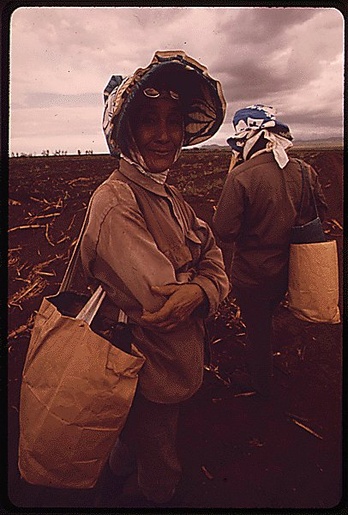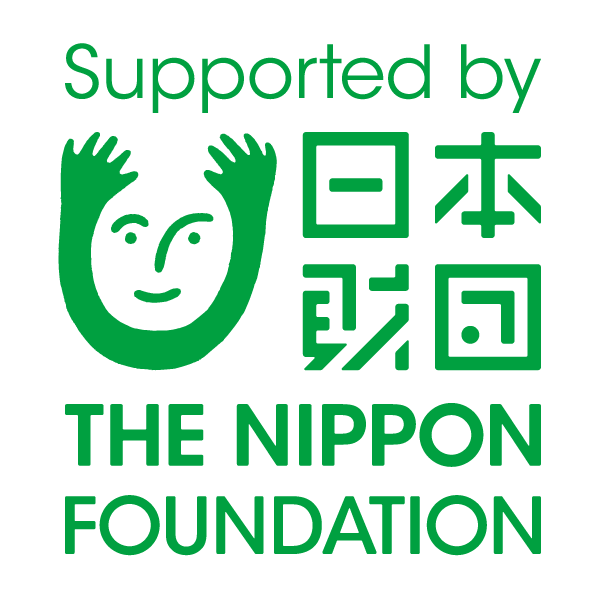

Japanese American History from Early Immigration to Present Time
 nicolemyoung
nicolemyoung
|

|
||
| Licensing | ||
Immigration: Japanese Arrival in Hawaii
1868- First group of contract laborers (141 men, 6 men, 2 children) arrive in Hawaii, these people are known as the Gannen-mono or “first year people”. Many of these Japanese who came to Hawaii were farmers and peasants from southern Japan, having suffered a series of crop failures at home, eagerly filled Hawai’i jobs promising high wages. Though these people soon found that plantation life was harsh; involving backbreaking, tedious work, primitive living conditions, and bosses who could be physically brutal. In addition, the pay was poor as person of Japanese descent only got paid $4.00 a month, which was significantly lower than contract workers of other ethnic groups. Of the 147 workers sent to Hawaii, only 13 completed their 3-year contracts and 40 returned to Japan without completing their contracts. The project was deemed a failure and it was not until around 20 years later when Japanese were sent to Hawaii again.
1882: The Chinese Exclusion Act of 1882 is passed, which allowed the U.S. to suspend Chinese immigration, a ban that was intended to last 10 years. As a result, the United States turned to other countries to hire laborers to come be a part of their immigrant workforce. With Hawaii’s booming economy mainly based on sugar production, the U.S. turned to Japan and began to hire Japanese to work on Hawaii’s sugar plantations.
1885: 944 new immigrants who are more suited for hard farm labor arrive in Hawaii as contract laborers on 3-year contracts to work on sugar cane plantations. Most of the farmers were from 4 southern prefectures of Japan: Hiroshima, Yamaguchi, Fukuoka and Kumamoto. Life on the plantation was very difficult with extremely poor pay and living conditions. In addition there was a level of discrimination that occurred on the plantations between people of various ethnicities. Upon arrival to the plantation, each laborer was given a bango, which was a small metal medallion that was worn around each laborers neck that had their identification number on it. These bango were also made into various shapes according to ethnicity, and the shape determined a different level of pay for each group of workers. Of all of the different ethnicities of people working on the plantation such as Chinese, Filipino, Korea, Portuguese, and African American, the Japanese were paid significantly less for the same amount of work. In spite of the harsh conditions, the migration was a success.
By 1894- 20,084 Japanese migrated to Hawaii, which made up over a third of the overall population in Hawaii. These first generation immigrants are known as the “Issei” and are people who were born in Japan, but immigrated to the U.S. Many of the Japanese from the first group of contract laborers who came to Hawaii, stayed in Hawaii and were the Issei pioneers that began to develop a Japanese American community in Hawaii.
This image comes from the National Archive, for more information please refer to thier website:
http://www.archives.gov/research/arc/

 Japanese American History from Early Immigration to Present Time
Japanese American History from Early Immigration to Present Time
 Journal feed
Journal feed
